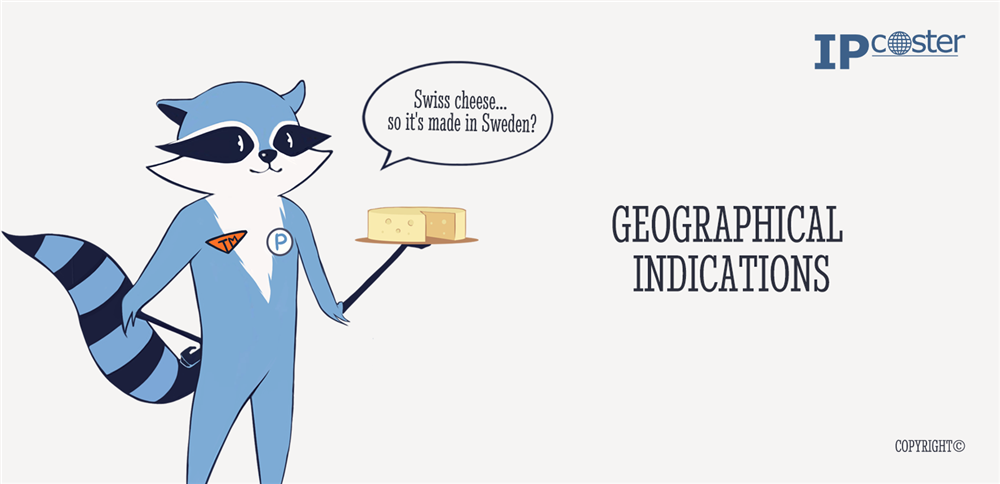IP-Academy

Geographical indications
Geographical Indications (GIs) are distinctive names or signs used on products that originate from a specific geographical location and possess qualities, a reputation, or characteristics essentially linked to that place of origin. These protections apply to a wide range of products, including agricultural goods, foodstuffs, wines, and spirits.
Why GIs Matter
The main purpose of GI protection is to prevent the misuse or imitation of registered names and to ensure consumers receive authentic products. Only producers within the designated region who follow established production standards are permitted to use the protected GI name. A classic example is Champagne—only sparkling wine produced in France’s Champagne region using approved methods can be sold under this name.
Forms of Protection
Geographical Indications can be protected through various legal mechanisms, including:
· Sui generis (special) systems, where GIs are protected independently from other IP rights. These typically do not have a fixed validity period.
· Collective or certification trademarks, commonly used in countries where there is no separate GI law. These are usually valid for renewable 10-year periods.
· Unfair competition laws, which can prevent misleading use of regional names.
· EU quality schemes, which offer robust protection across EU member states.
Appellations of Origin (AO)
An Appellation of Origin is a special category of GI that requires a stronger link between the product and its place of origin. The product’s quality or characteristics must stem essentially or exclusively from the geographical environment, including natural and human factors. For instance, Champagne has also been registered as an AO under the Lisbon Agreement since 1967.
How to Register a GI
The process for registering a GI varies depending on the country and the desired scope of protection. However, here are the general steps:
1. National Registration (Recommended First Step)
· Identify the competent authority: In most countries, a government IP office or agricultural body handles GI registrations.
· Prepare a GI specification: This includes the product name, production method, geographical boundaries, and the characteristics that link the product to its region.
· Provide evidence of reputation or origin: This might include historical records, quality control procedures, or testimonials.
· Submit the application: National systems may vary, and some jurisdictions require formal examination or opposition periods.
2. International Registration via the Lisbon System
Once a GI is protected in its country of origin, producers can apply for international protection under the Lisbon System, administered by the World Intellectual Property Organization (WIPO).
· One application can secure recognition in all Lisbon System member states, which can simplify cross-border protection.
· The Lisbon System now covers both Appellations of Origin and broader Geographical Indications under the Geneva Act.
Geographical Indications offer powerful protection for products that are tightly linked to their origins. From legal protection to commercial branding and consumer trust, GIs play a key role in preserving local heritage and promoting economic value.
If you are a producer, association, or legal representative interested in protecting a product with unique geographical characteristics, understanding the proper registration route—national or international—is crucial.